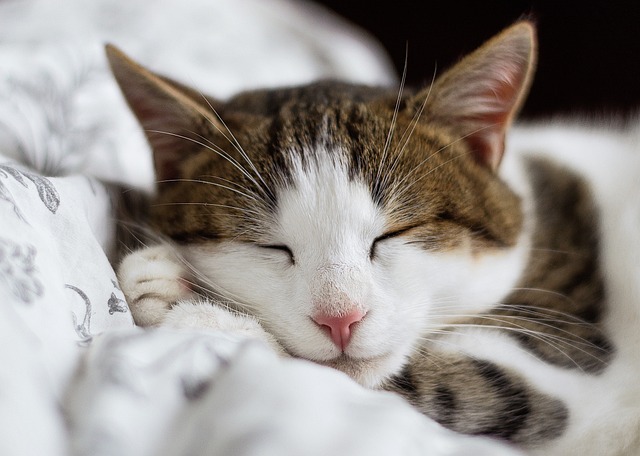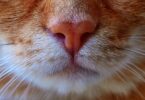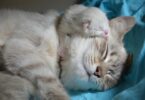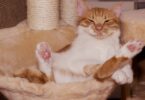When you want to please your cat by offering him a little treat, perhaps you consider giving him a bowl of milk. For much of our recent history, cats lived in farms, hunting rodents and tending to livestock. The reason we think it is okay to feed cats milk is that cats love creams and their high-fat content. Cats are also particularly attracted to cow’s milk, especially after the cream has risen to the surface.
However, the milk we buy from supermarkets today is low in fat and is indigestible for most domestic cats.
Kittens drink their mother’s milk
Cats feed on their mother’s milk after birth. The only time in a cat’s life when their body produces enough the enzyme lactase to properly digest lactose is when they are born and during the first 12 weeks of their life. Mothers produce milk for about 12 weeks, and kittens will try to breastfeed as much as possible. After 12 weeks, the lactase enzyme wears off and the kittens lose their ability to digest milk.
Once their teeth show up, kittens will wean off their mother’s milk and start eating solid food.
Is It Bad For Cats To Drink Milk?
Although some cats can tolerate milk and seem to enjoy it, cow’s milk is simply not recommended for cats, and most vets advise against it. Cats just don’t need cow’s milk, and the problems outweigh the potential benefits.
In small amounts, feeding the cat cow’s milk shouldn’t cause a major problem. However, it is important to keep in mind that this is not necessary and that in large quantities, milk can cause gastrointestinal problems such as upset stomach and diarrhea.
This is because the vast majority of adult cats do not produce enough lactase in their system, as lactase is the enzyme needed to digest lactose in cow’s milk. In other words, they are lactose intolerant. This is because the undigested lactose will stay in their intestines rather than passing into the bloodstream and eventually ferment. Whole milk and skimmed milk can also add harmful amounts of fat to your cat’s diet.
How do you know if your cat is reacting badly to milk?
Try offering your cat a tablespoon or two of milk. If you don’t see symptoms throughout the day, it means your cat can tolerate milk occasionally. Lactose intolerance causes a whole host of stomach problems that often appear within eight to 12 hours of consuming milk.
Signs of lactose intolerance in cats:
• Diarrhea
• Vomiting
• Loss of appetite or weight
• Abdominal pain or discomfort
• Increased itching
You may notice that your cat seems lethargic or spends a lot of time in her litter box. Make sure you check their food well and if they show signs of lactose intolerance. Be aware that some cat foods may contain small amounts of dairy products.
Also, remember to share with your cat sitter your cat’s intolerances and the considerations to be taken in his diet.
What other treats can you give your cat to replace milk?
It is tempting to reward your cat with treats. In contrast, treats should constitute no more than 10% of your cat’s daily calorie intake.
Sometimes a cat that cannot tolerate cow’s milk may have no problem consuming other dairy products such as yogurt, cheese, butter or ice cream. Foods like yogurt and ice cream are often diluted with other things, like water or added fat, or grown, which means that the micro organisms have digested some of the lactose.
If you still want to feed your cat milk, you can purchase a small container of lactose-free milk, whole cream, or goat’s milk from a local dairy farm. But keep in mind that dairy products are simply not necessary for your cat. There are many other healthy foods that your cat can eat. As always, be sure to see a veterinarian and provide your cat with a healthy diet.
Finally, the best drink for your cat is water. If you want to make water a little more “fun,” consider buying a water cooler to keep it entertained.







